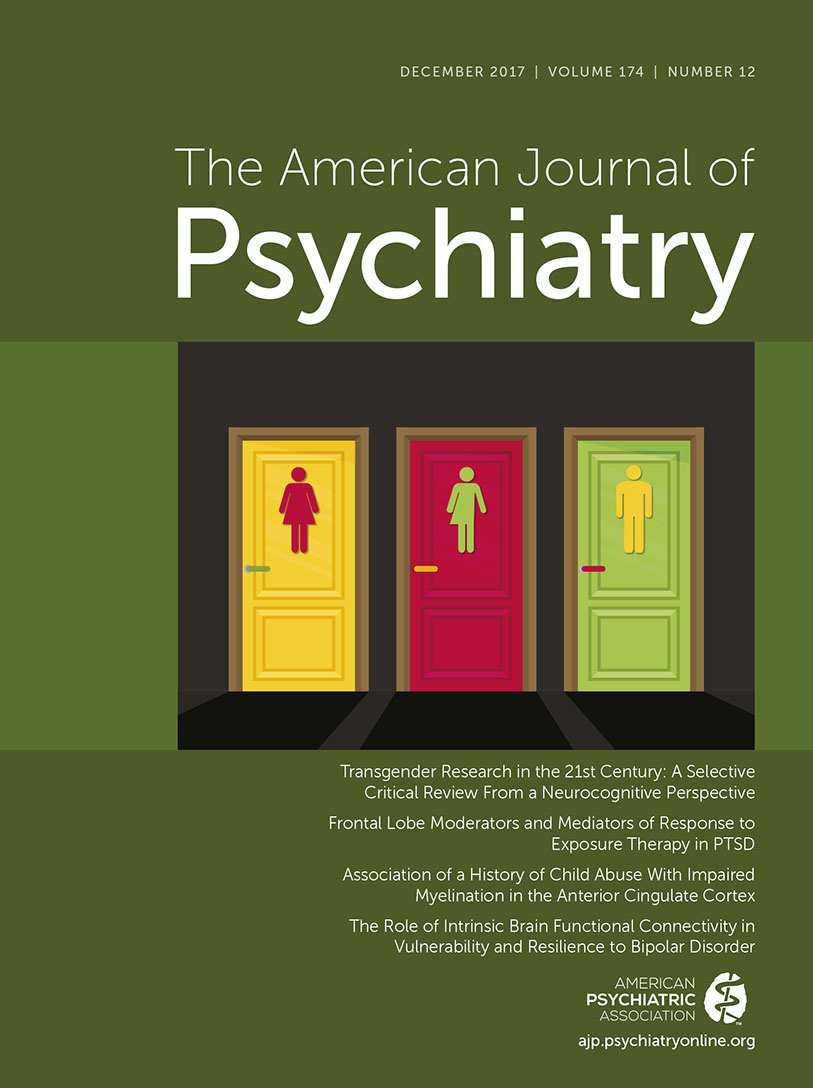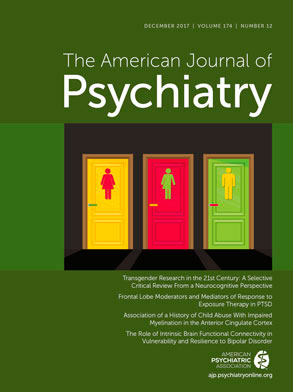T
o the E
ditor: The recent article by Olfson and colleagues (
1), published in the August 2017 issue of the
Journal, confirms markedly elevated suicide rates following nonfatal self-harm. An accompanying editorial (
2) recommends removing firearms from the home of a person who has attempted suicide in order to mitigate this risk. The legality of this recommendation, however, might depend on state laws regulating firearm transfers. For example, universal background check laws might present legal obstacles to temporary firearm transfers during a suicidal crisis unless specific exceptions to the universal background check exist in case law or statute (
3). Here, I describe the collaborative approach taken in Washington State to amend an existing universal background check law with exceptions to facilitate temporary firearm transfers during periods of elevated suicide risk.
In 2016, a work group with representation from the Alliance for Gun Responsibility, Forefront Suicide Prevention, the National Rifle Association, the Second Amendment Foundation, the Washington State Office of the Attorney General, Washington State Patrol, and the Washington State Psychiatric Association was formed to discuss amending the universal background check law (RCW 9.41.113). Together with a state legislator, the group reached unanimous agreement on language allowing for an exception to the need for a background check if all the following criteria were met:
•
The temporary transfer is intended to prevent suicide.
•
The temporary transfer lasts only as long as reasonably necessary to prevent death.
•
The firearm is not utilized by the transferee for any purpose for the duration of the temporary transfer.
The group also proposed expanding the list of family members who could receive a gift or loan of a firearm to include parents-in-law and siblings-in-law. This change recognized that men account for approximately 85% of firearm suicide deaths in Washington (
4), and a suicidal man’s wife or sister might engage her father, brother, or husband (an in-law to the man at risk) for assistance in removing a firearm.
With its broad base of support, the consensus language raised little controversy in the legislature and was signed into law in May 2017 as part of Senate Bill 5552.
Given the high lethality of firearms, removing a gun from the home of a suicidal person may indeed save a life. It is therefore imperative that psychiatrists become familiar with laws related to firearm transfers during a suicidal crisis and advocate for policies that facilitate this means of improving safety. Our experience in Washington confirms that collaboration with diverse stakeholders, including firearms organizations, is essential to the success of this advocacy.

